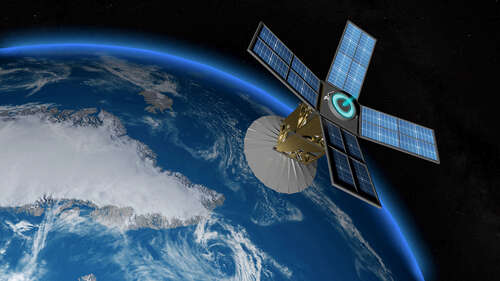
A traditional combustion engine utilizes combustible gasoline processed from crude oil to set off a spark plug inside the engine pistons. This, in turn, pumps the pistons and generates energy, which powers your car. Obviously, water is not combustible — if anything, it’s the exact opposite of combustible. So, how could you use water to power a means of propulsion?
In a research paper penned by NASA scientists in 1997, a concept for water-powered movement called electrolysis propulsion was outlined. Basically, you pass an electric current through a water source to separate it into its component molecules, which are then used as propellants. While water could be considered the antithesis of powered propulsion, the actual substance contains two of the most important things you could need for generating power: Hydrogen and oxygen molecules. Hydrogen fuel is one of the most potent out there, and oxygen helps feed heat. If you processed water into a superheated stream, you could create a propelling force without all the hazerdous fumes that come from fossil fuels.
While this concept has been understood for centuries thanks to the works of researchers like Michael Faraday, this paper was the first time it was posited that it could be used in the propulsion of spacefaring equipment like spacecraft and satellites. The science was still deep in the theoretical stage in the 90s, but a few more years later, a genuine effort at realizing electrolysis propulsion was made.

